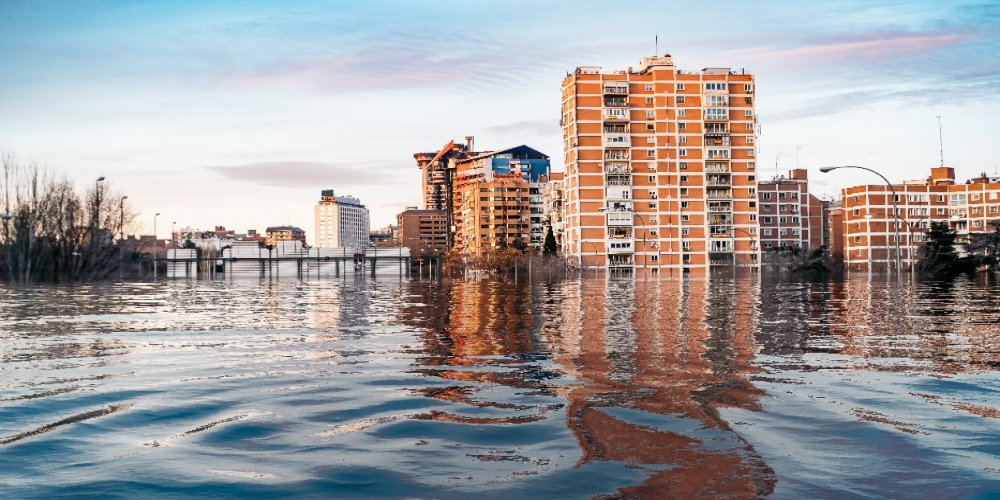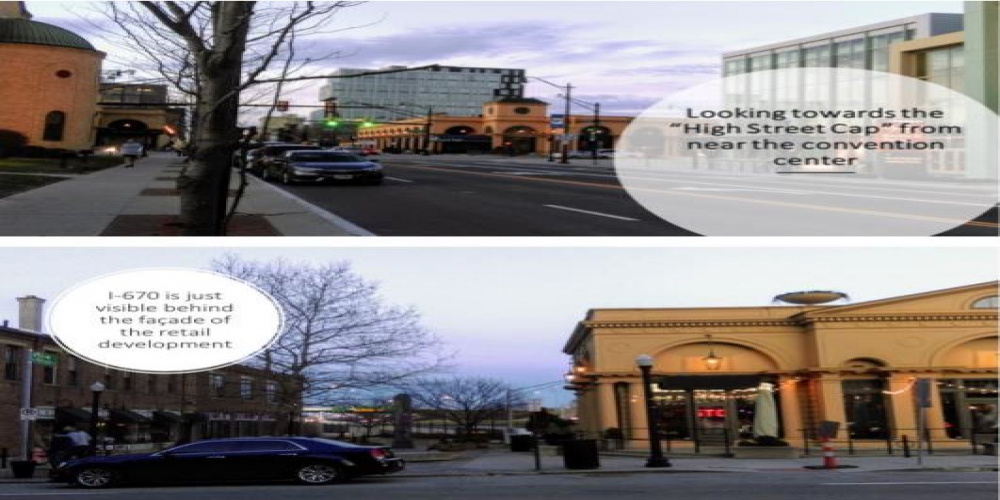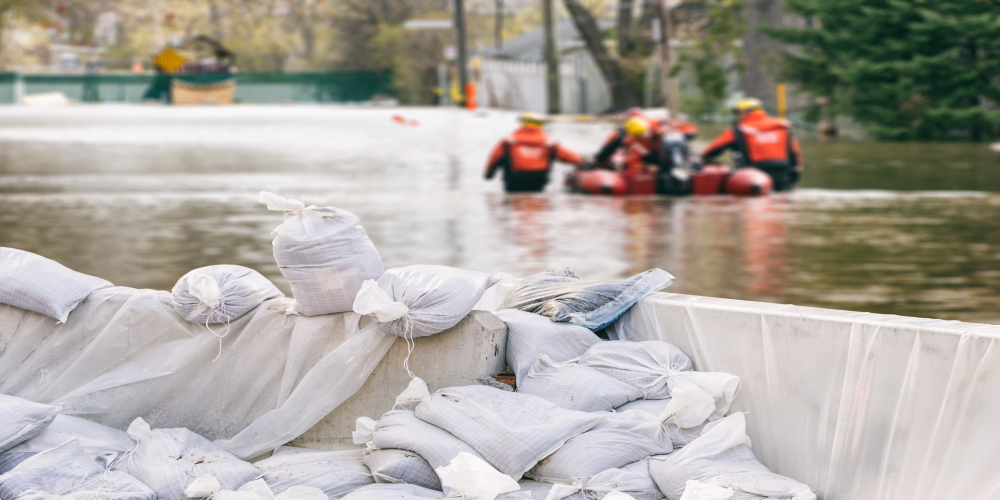Blog
It’s been a busy period of travel for me, starting with a scenario planning conference in Connecticut and moving onto a resilience conference in Washington, DC. During November 13th-15th, 2019, I took part in TRB’s 2nd International Conference on Resilience to Natural Hazards and Extreme Weather Events . Overall, the conference focused on best practices for adapting transportation networks to better withstand natural disasters.
Tags:
#Resilience
#TRB
The Transportation Research Board's (TRB's) National Cooperative Research Highway Research Program (NCHRP) recently released Report 873: Guidebook to Funding Transportation Through Land Value Return and Recycling.
Tags:
#value capture
Growing up in the Swiss Alps, the natural hazard I was most aware of as a child was avalanches. My village was especially exposed to this risk. When the road to access the villages in the valley was improved by partly covering it with avalanche sheds, this was regarded as a huge step towards reducing the number of days in winter during which the villages were cut off from the outside world. However, something in the planning process must have gone wrong: The avalanches still tended to bury the road with snow where it had not been protected by sheds. Obviously, while some segments of the road had been made resilient, the road as a whole, with its unprotected segments, was still vulnerable.
Tags:
#Resilience
Katrina . . . Wilma . . . Irene . . . Matthew . . . Harvey . . . Great Smokey’s Fire . . . Mendocino . . . Sandy . . . Maria . . . Irma . . . Camp Fire . . . Michael
Tags:
#Resilience
About 85% of the U.S. population lived in cities in 2015 (Census FactFinder). These urbanites are subject to unique impacts of climate change, as highlighted by the Fourth National Climate Assessment, released in November 2018. The Climate Assessment provides an update on indicators of climate change, including rising average global temperatures, extreme high temperature events, and more frequent heavy precipitation. The 2017 Atlantic hurricane season was record-breaking with four high-intensity hurricanes (Harvey, Irma, Jose, and Maria). And rainfall associated with hurricanes in the Atlantic and eastern North Pacific is predicted to increase due to warmer temperatures. Some studies predict increased frequency and severity of thunderstorms across the United States. At the same time, sea level rise increases coastal flooding risks from weather events. More extreme and rising temperatures mean that in addition to flooding, drought and associated wildfires have also occurred in recent years, including the 2011-2017 California drought.
Tags:
#Resiliency
This fall, Hurricanes Florence and Michael presented a story that is sadly familiar. Disaster strikes, the waters recede and reveal the damage. A national conversation on resilience ensues. Will we be prepared next time? Can we be stronger than the storm? In adapting our infrastructure for a changed climate, the impetus for action is clear. However, translating resilience from buzzword to action is a generational challenge for planners. Understanding the history and meaning of the concept is a good place to start. Here goes.
Tags:
#Resilience
Resilience has emerged as a significant consideration in developing long-term transportation plans in response to US DOT’s Climate Change and Resiliency initiatives. The focus has been on hardening existing and planned infrastructure and assessing risks and recovery for key elements of the transportation system. These efforts have focused on facility and human vulnerabilities, and on operational recovery. However, as we have seen repeatedly, identifying “vulnerability” and assessing resilience and recovery for populations often ignores the unique needs, resource deficits and challenges faced by low-income and minority populations.
I recently participated in a workforce roundtable at The Council for Community and Economic Research's (C2ER’s) annual conference in Atlanta. C2ER is a membership organization comprised of economic researchers and data providers from the public, private, and nonprofit sectors. This year’s conference theme was “RISE: Resiliency, Innovation, Skills, Equity,” which inspired me to present on workforce data and how it can be used to find job opportunities for people who don’t have a college degree.
Tags:
#workforce
#Conference
The President’s federal budget proposal proposes $2.4 Billion in transportation spending reductions – including significant cuts in federal transit programs. Meanwhile, states from Georgia to Oregon and places in-between have looked to increase state transit funding and there is growing discussion about the role of public-private-partnerships (PPP)’s in funding transit improvements. These changes create an environment in which transit systems and proponents must make a more compelling case than ever before to business and economically savvy audiences demonstrating their economic role.
Tags:









